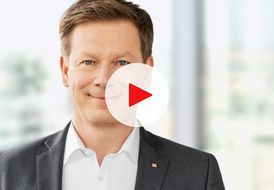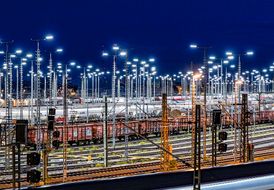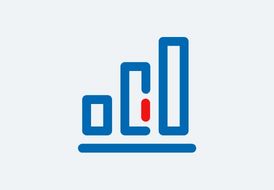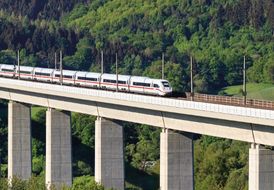DB Arriva business unit
Business model
DB Arriva focuses on transport services with buses and trains. The activities of DB Arriva are divided into three lines of business: UK Bus, UK Trains and Mainland Europe.
Volume sold and volume produced are important key performance figures. In addition to revenues from fares, subsidies from national governments and public transport authorities are an important source of income. Commercial revenues are generated mainly through ticket sales/fares. In addition, in many markets DB Arriva also generates revenues from private rentals, which complement the commercial business.

Predefined terms of transport contracts, concessions and route authorizations, combined with the complex production system, result in a cost structure with a high proportion of fixed or semi-fixed costs (costs related to production but which need some time to adjust to fluctuations in production, such as personnel expenses). Alongside capital expenditure and depreciation, the major drivers are personnel, maintenance, energy and infrastructure expenditure (in rail transport). Reacting quickly to changes in bus and train capacity can be a challenge in many of the markets in which DB Arriva operates.
Throughout Europe, DB Arriva works with local, regional and national authorities to bring new and improved services to customers. DB Arriva’s regional presence allows it to quickly respond to changes, especially new regulatory requirements and changing customer expectations. DB Arriva works closely with its customers to develop efficient, reliable, safe and sustainable transport solutions.
Clients particularly appreciate the experience that DB Arriva has with operating various transport solutions and DB Arriva’s commitment to providing high-quality, reliable, efficient and cost-effective transport services.



